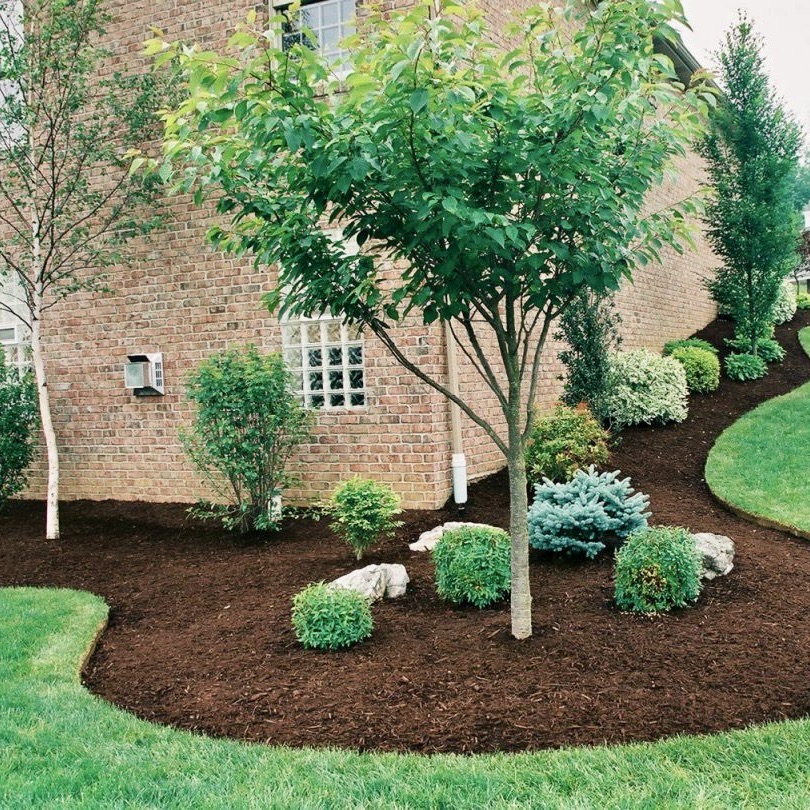7 Ways to Get Rid of Weeds in Your Garden in Saanich, BC
Seven proven methods to get rid of weeds in your garden
7 Ways to Get Rid of Weeds in Your Garden
Weeds are an inevitable challenge for gardeners. These pesky invaders compete with your plants for water, nutrients, and sunlight, detracting from the beauty and productivity of your garden. The good news is that there are several effective ways to remove weeds and keep them from coming back. Here are seven proven methods to get rid of weeds in your garden.
1. Hand-Pull Weeds
Hand-pulling is a simple and effective way to remove weeds, especially for smaller gardens or isolated weeds. For best results:
- Pull weeds when the soil is moist to make it easier to remove the entire root.
- Use a weeding tool to extract deep-rooted weeds like dandelions or thistles. Make hand-pulling a part of your routine to prevent weeds from spreading and becoming unmanageable.
2. Apply Mulch
Mulch is one of the best tools for weed prevention. A thick layer of mulch (2–3 inches) blocks sunlight, preventing weed seeds from germinating. Organic mulches like bark, straw, or wood chips also improve soil health as they decompose. For added effectiveness, place a layer of newspaper or landscape fabric under the mulch to create a stronger barrier.
3. Use a Weed Barrier
Landscape fabric or black plastic sheeting is ideal for preventing weeds in garden beds and pathways. These materials block sunlight while allowing water and nutrients to pass through, making them perfect for long-term weed control. Cover the fabric with mulch or decorative stones to improve aesthetics and prolong its effectiveness.
4. Employ Organic Weed Killers
For those who prefer a natural approach, organic weed killers can be a great solution. These products use natural ingredients like vinegar, citrus oil, or clove oil to kill weeds. They are particularly effective for young, actively growing weeds and are safe for use around pets, children, and edible plants. Keep in mind that organic weed killers are usually non-selective, so apply them carefully to avoid harming desirable plants.
5. Hoe Regularly
A garden hoe is a gardener’s best friend when it comes to weed control. Use a sharp hoe to slice weeds just below the soil surface. Regular hoeing not only eliminates existing weeds but also disrupts weed seedlings before they have a chance to grow. Focus on hoeing after rain or watering when the soil is soft, as this makes it easier to remove weeds completely.
6. Improve Your Planting Strategy
Dense planting is a natural way to suppress weeds. By growing plants close together, you leave less room for weeds to establish themselves. Ground covers, creeping perennials, or companion planting can create a living mulch that shades the soil and inhibits weed growth.
7. Practice Crop Rotation
If you have a vegetable garden, crop rotation can help manage weed populations over time. Rotating crops disrupts the life cycle of weeds that thrive on specific plants or soil conditions. It also helps maintain soil fertility, ensuring your plants stay healthy and better equipped to outcompete weeds.
Bonus Tips for Weed Prevention
- Remove Weeds Before They Seed: Many weeds spread rapidly through seeds, so remove them before they flower and set seed.
- Edge Your Garden: Create clear borders to prevent grass and weeds from creeping into your beds.
- Inspect New Plants and Soil: Ensure that any new plants or soil you introduce are free of weed seeds.
Conclusion
Getting rid of weeds in your garden requires a combination of removal techniques and preventive strategies. Whether you choose to pull weeds by hand, apply mulch, or use organic weed killers, consistency is key to maintaining a weed-free garden. By investing time and effort into weed control, you’ll enjoy a healthier, more productive garden that allows your plants to thrive.

